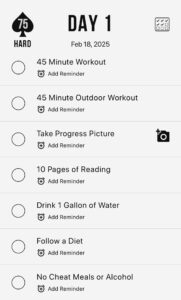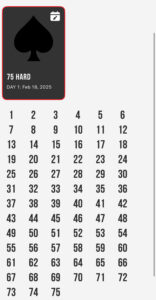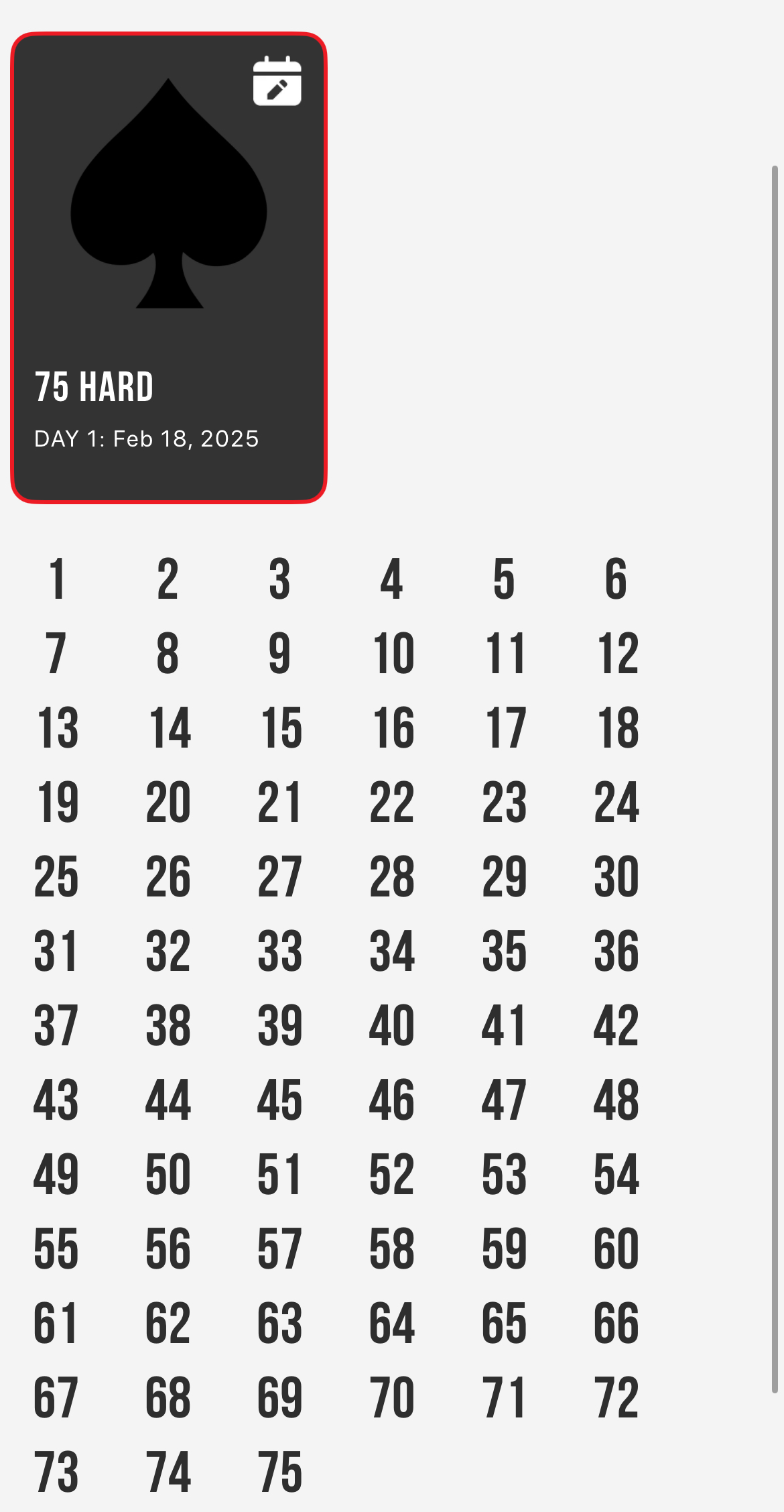Social media is a breeding ground for trends and challenges, with one of the most recent and polarizing being the ’75 Hard’ challenge. This rigorous program has gained considerable attention and followers, but it also raises significant questions about its feasibility and impact. Let’s delve into how ’75 Hard’ was popularized, some of the issues it presents, and the valuable takeaways.


The Rise of 75 Hard
The ’75 Hard’ challenge was created by entrepreneur and influencer Andy Frisella, who introduced it as a “mental toughness” challenge. It quickly gained popularity through Frisella’s podcast, social media presence, and the fervent testimonies of those who completed the challenge.
The program consists of a strict regimen to be followed for 75 consecutive days, including:
- Following a diet with no cheat meals or alcohol
- Completing two 45-minute workouts per day, one of which must be outdoors
- Drinking a gallon of water daily
- Reading ten pages of a non-fiction book
- Taking a progress photo each day
The challenge’s appeal lies in its promise of dramatic physical and mental transformation, bolstered by the visible results shared by participants on social media platforms.
5 Issues with the 75 Hard Challenge
1. Extreme Inflexibility Rather than Consistency
The rigid nature of ’75 Hard’ leaves no room for error or adjustment. This all-or-nothing approach can be discouraging for individuals who face unforeseen circumstances or who may not have the same level of time and resources available as others. The challenge’s intensity can also lead to burnout or overtraining, especially for those unaccustomed to such a demanding routine.
I had a patient that injured herself performing 75 hard in 2024 so this year she opted for a modified version with a shortened duration.
2. Missed the meaning of consistency
One of the core principles of ’75 Hard’ is consistency, which is crucial for achieving long-term goals. Developing a habit of regular exercise, healthy eating, and personal development can lead to significant improvements in overall well-being. I support all of that.
However, that doesn’t mean a rigid program for 75 days straight.
Consistency doesn’t mean showing up the same every day. Part of any good training program is adequate recovery.
I think 75 hard misses the mark big time when it comes to this.

3. A Gimmick: It’s Not For You
Professional athletes don’t do CrossFit.
That doesn’t mean CrossFit is bad. It just doesn’t meet the needs of the professional athletes.
Most people physically and mentally prepared to do 75 hard don’t do it. Why? Because they are doing other things that got them fit and strong enough to be able to complete 75 hard.
This is the problem with most social media trends. It doesn’t target the right audience.
Despite its popularity, ’75 Hard’ is not tailored to individual needs and does not offer guidance from fitness or nutrition professionals. This can result in participants following potentially unsafe practices, such as engaging in excessive exercise without proper recovery or adhering to restrictive diets without considering nutritional adequacy.
4. Boom or Bust
A boom and bust approach to exercise is someone that goes “ALL IN” too often. Perhaps they’ve been de-conditioned for years and in an effort to get back they go 0 to 100. This is the boom and the resulting pain, fatigue, and injury is a bust. Their body is not adapted to this type of exercise routine.
75 hard is classic, Boom or Bust exercise routine as people generally start it in January as a form of New Year’s resolution.
One of my patients is living proof after we followed up a conversation when my blog post titled “75 Hard is Dumb” dropped. She messaged me on Instagram saying, “I agree with you. After 17 days I was so exhausted that I slept for 16 hours straight.”
5. The Terrible Too’s
Too intense and Too Long
I have spoken before about The Terrible Too’s and why it leads to injury. When looking at exercise the variables we can manipulate are intensity, duration, and frequency.
Understanding how to manipulate these variables is important so we can challenge ourselves without breaking down.
Guess what 75 hard does? It goes ALL IN on all three variables at once.
In conclusion, while ’75 Hard’ has garnered a significant following and offers a framework for self-discipline and transformation, it is essential to approach such challenges with a critical eye. I am all for pushing it hard to see what we are made of. By adapting the positive aspects of ’75 Hard’ and tailoring them to individual needs, anyone can embark on a journey of personal growth that is both effective and sustainable.




